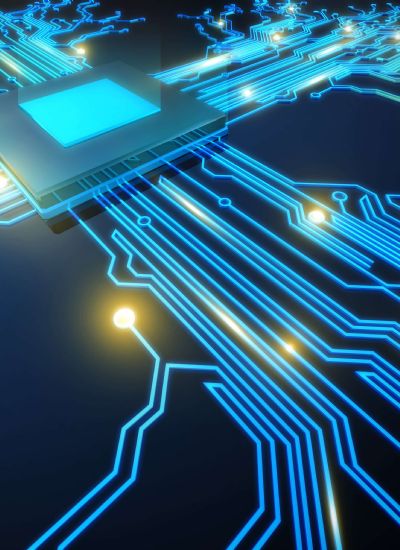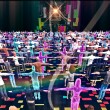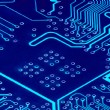ATI Radeon 7000 MAC32M Specifications
- Video cards enable computer systems to display video and pictures.video card image by Ramona smiers from Fotolia.com
Advanced Technology Incorporated's (ATI) Radeon series of video cards first appeared on the market in the year 2000. Computer systems built by the company Advanced Micro Devices (AMD) commonly used Radeon series video cards for their video needs.
As of 2010, ATI no longer produces the Radeon series as video cards. Instead, ATI produces the series as a graphical chipset sold to third-party companies for use in their brand name video cards. - Apple computer users often turn to the ATI Radeon series of video cards for their systems. This video card runs off the Radeon 7000 chipset and has a total of 32 megabytes of Double Data Rate (DDR) video memory. The ATI Radeon requires one free Peripheral Component Interconnect (PCI) slot to run.
ATI's Radeon 7000 offers dual-monitor support, giving the user freedom to use different types of external displays at the same time. It comes with both a Separate Video (S-Video) connector cable and a Digital Visual (DVI) to Video Graphics Array (VGA) adapter. - Maximum resolution for the Radeon 7000 lists at 2048 by 1536 at a speed of 75 hertz, with 24-bit colors (16.7 million colors). For Application Programming Interfaces (API) the Radeon 7000 supports Direct3D, OpenGL, DirectX, and QuickTime.
Phase Alternate Line (PAL) and National Television System Committee (NTSC) video standards apply to this video card. S-Video support also exists for TV-out options for users who wish to watch videos from their computer on their TV. - The Radeon 7000 comes with ATI's Hyper Z technology. This helps reduce the amount of information sent to the video card's frame buffer, allowing the card's memory to work more efficiently at higher resolutions.
Pixel Tapestry is also part of the card's technological makeup, adding three texture units in each rendering pipeline. This allows the graphics processor to quickly render more advanced and detailed 3D surfaces on the fly, even at higher resolutions.




















